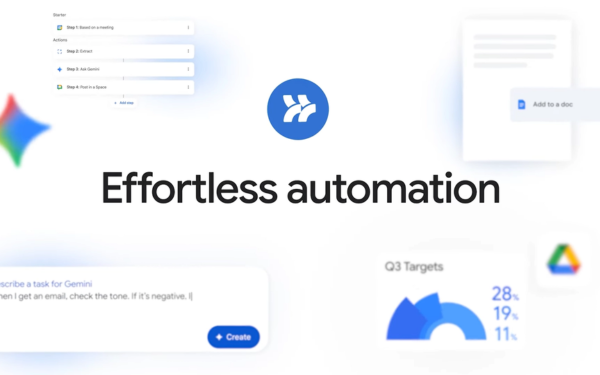Vẻ đẹp của những đóa hoa từ lâu đã là nguồn cảm hứng bất tận…
Three steps in mapping out your modern platform strategy
As artificial intelligence becomes more prevalent, the need for modern, AI-enabled development platforms is also increasing. In fact, most organizations have realized that their current development tools are not enough to meet the new requirements of AI application development and deployment.. And organizations are quickly realizing that they need to update their platform strategies to ensure that developers – and more broadly, AI users – have what they need for the years to come.
In fact, a recent Google study found that nine out of ten decision makers are prioritizing workload optimization for AI in the next 12 months. However, with the rapid pace of AI development as of late, many don’t know where to start or what they need to modernize their business platforms.
Three steps in mapping out your modern platform strategy
In the digital age, a platform is not just a tool, but also a core factor that determines the success or failure of a business. To build a solid, modern platform that meets future development needs, a business needs a clear and methodical strategy.
Here are three basic steps that any business should follow:
Step 1. Determine the purpose of your platform
Whether you're building your first platform or your 100th, you need to start with the question “Why?” BecauseBefore you embark on building a new platform, you need to make sure it's really needed and provides value.
To make the right decision, ask yourself these three questions:
- Who is the platform intended for? Understanding the needs of each user group (e.g. developers, architects, data scientists, etc.) is important to design the right platform. Each person has different needs and your platform will need to be tailored accordingly.
- What is the goal of the platform? Figure out what problems you’re trying to solve. For example, are you optimizing for AI? Are you trying to speed up software delivery? Increase developer productivity? Improve scale or security? Again, different goals will lead you down different paths for your platform – so ask the right questions from the start.
- What are the criteria for evaluating success? Set up key performance indicators (KPIs) at the outset to measure platform performance, such as user satisfaction, incident resolution time.
Clearly answering these three questions will help you build a compelling argument to convince stakeholders to invest in the new platform.
Step 2. Assemble the pieces of your platform
Once you have a clear understanding of the platform’s audience, goals, and evaluation criteria, it’s time to get down to the actual building. To build a modern platform that meets the needs of AI development, developers need to equip themselves with the following tools and features:
 Step 3. Establish a process for improving your platform
Step 3. Establish a process for improving your platform
The journey doesn’t end when your platform is built. In fact, it’s just beginning. A platform is never “done”; it’s just released.
At this stage, Google’s top advice is to treat your platform like a product, applying platform engineering principles to continually make it faster, cheaper, and easier to deliver software. Oh, and take advantage of the latest AI-driven optimization tools to monitor and maintain your platform over time!
Conclusion
In short, building and developing a modern platform is a long but promising journey. By clearly defining goals, gathering the necessary tools and constantly improving, businesses can build a solid foundation, meet the needs of users and promote sustainable growth. A platform is not only a technological tool but also an invaluable asset, helping businesses compete in an increasingly fierce market.



